Sharankhola, May 31 (V7N) – More than 100 families in Khuriakhali village of Sharankhola Upazila are facing severe hardship after approximately 100 feet of the ring dam near the Khuriakhali–Bogi Bharani canal collapsed at two points, allowing tidal water to inundate the locality.
According to locals, the breaches occurred on Thursday afternoon (May 29) due to intense tidal pressure.
-
One breach of 50–60 feet opened up in front of Chunnu Fakir's house.
-
Another breach of around 30 feet formed in front of Shahjahan Molla's house.
Each tidal surge, lasting about two hours, is now flooding homes, forcing many residents to halt cooking as water accumulates inside kitchens and living spaces. The muddy water has created unsanitary conditions and immense suffering for residents, many of whom experience this every year during storms or floods.
Vulnerable Infrastructure, Repeated Suffering
The ring dam, stretching roughly two kilometers from Terabeka to Khuriakhali village, lies outside the scope of the main embankment of the 35/1 polder maintained by the Water Development Board (WDB).
Last year, the same stretch suffered major damage during Cyclone Rimal, and was temporarily repaired by the Upazila administration under a GR (Gratuitous Relief) project. However, those repairs have now failed under renewed tidal pressure.
Residents including Shahjahan Hawlader, Abdul Gani Hawlader, Harun Farazi, and Riaz Majhi voiced frustration:
"Tidal water is entering our homes both morning and night. Stoves are submerged, and we can’t cook. This happens every year. We demand the dam be rebuilt and raised higher."
Administrative Response
Sharankhola Upazila Nirbahi Officer (UNO) Sudipta Kumar Singh acknowledged the situation, stating:
"The ring dam is outside the main embankment. As a result, the Water Development Board cannot undertake any major project here. Once the disaster subsides, we will take steps to repair the broken parts using government allocations."
Residents continue to urge authorities for a permanent, sustainable solution to their long-standing vulnerability, fearing greater devastation if no action is taken ahead of future storms or high tides.
END/MSS/AJ



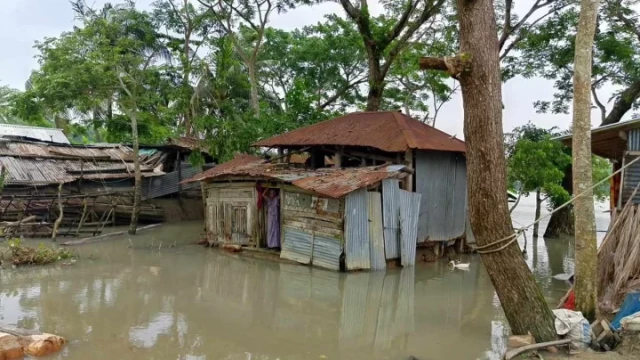
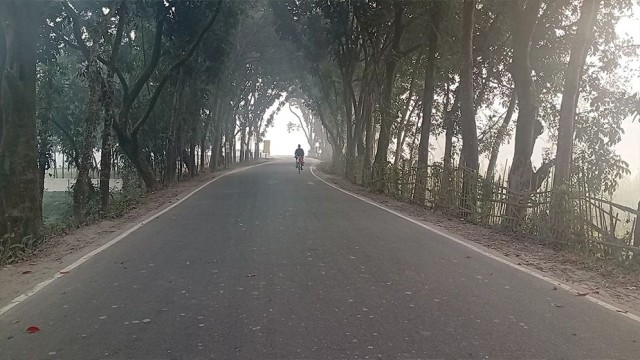


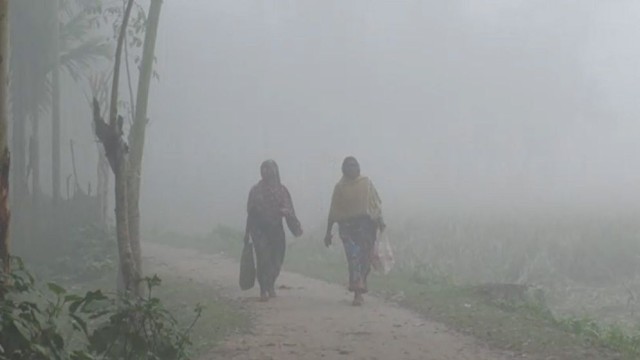
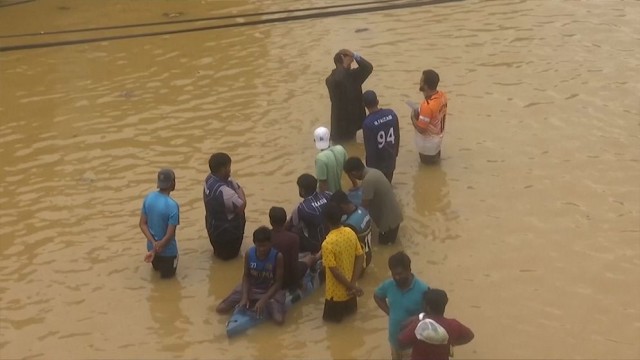

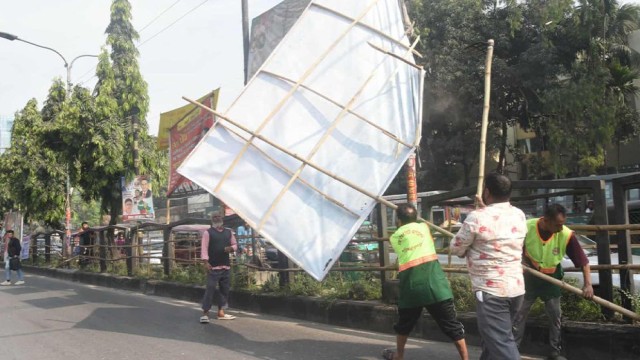




















Comment: